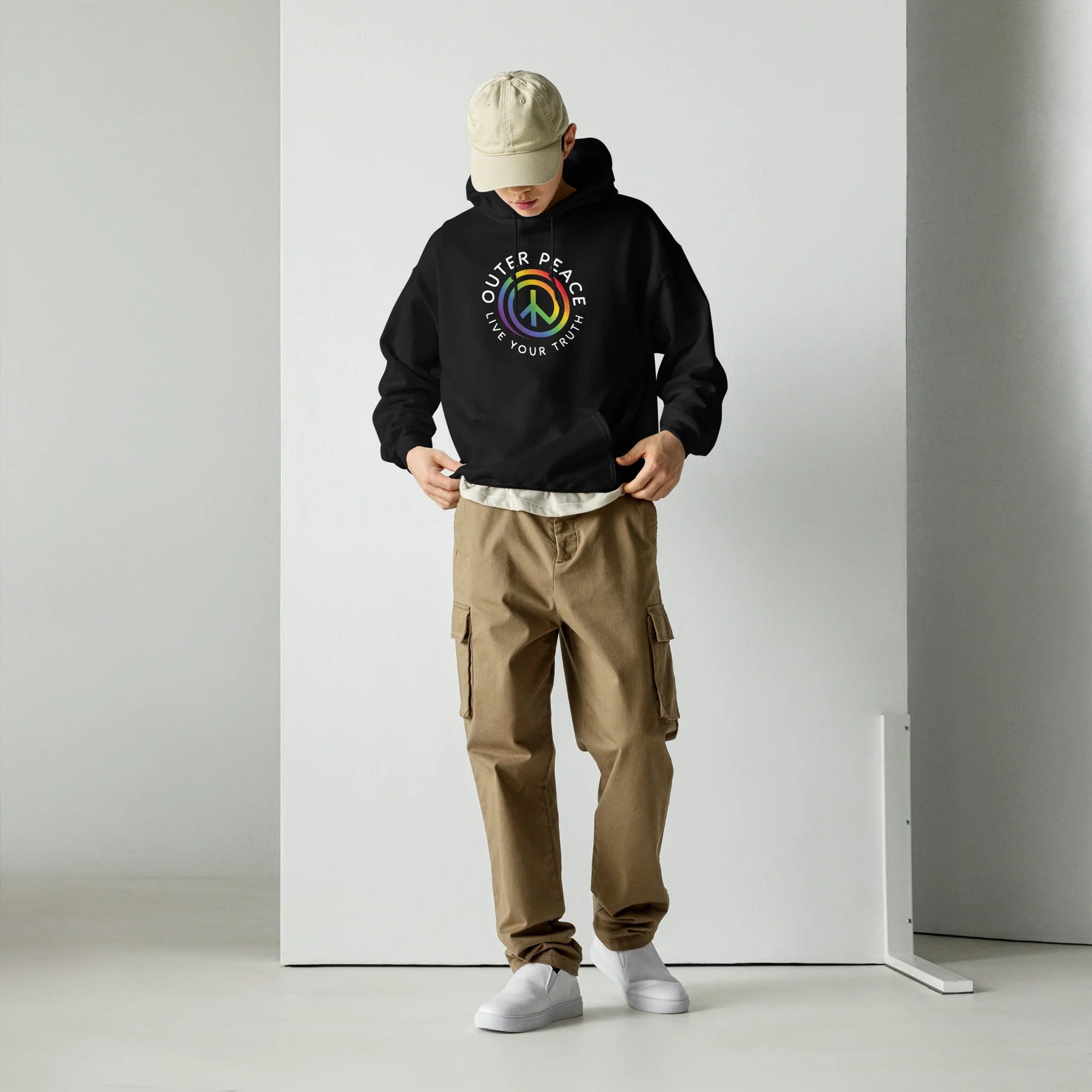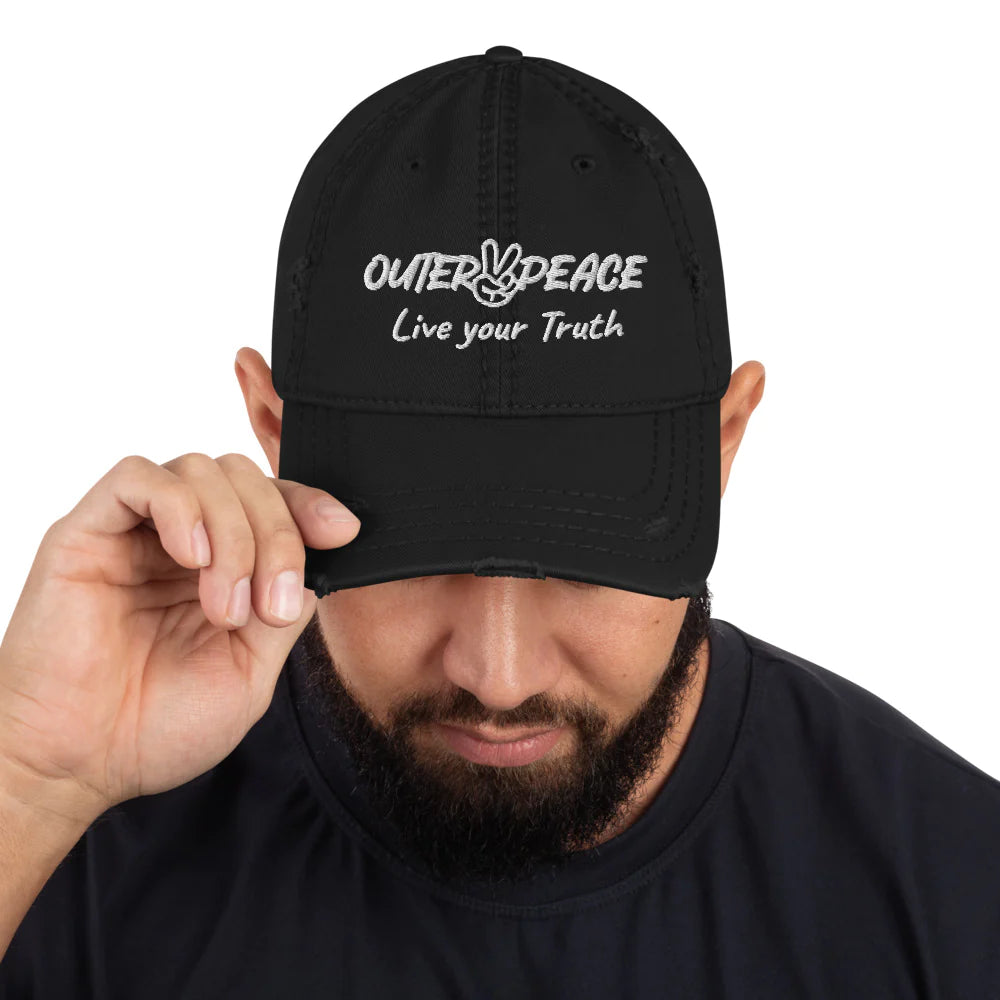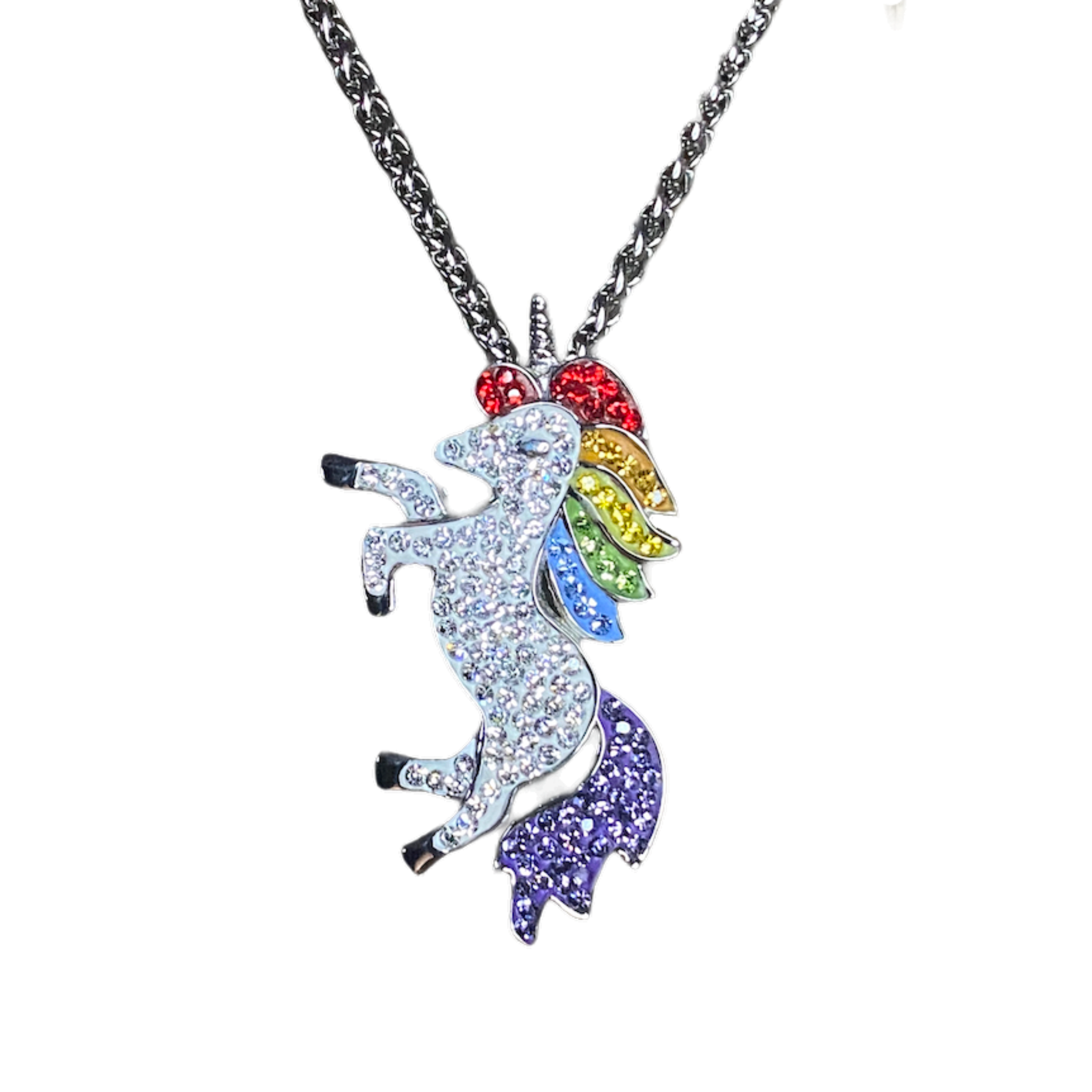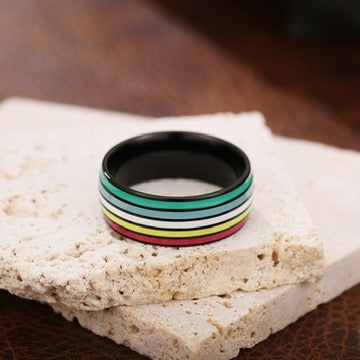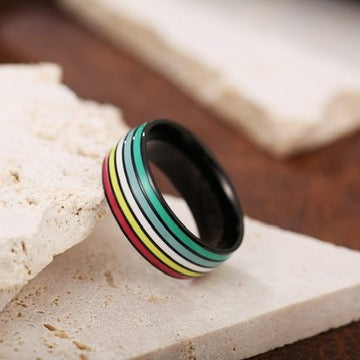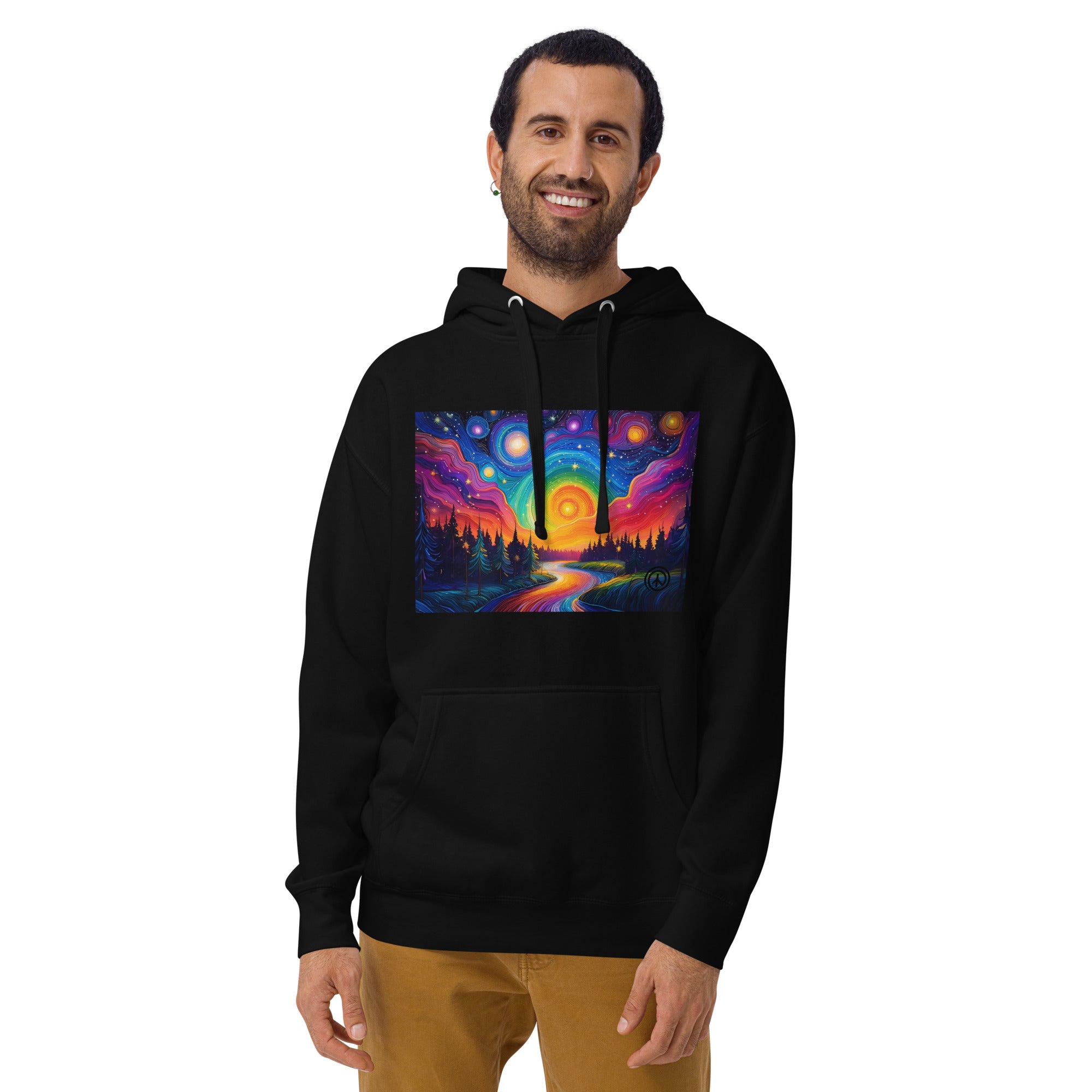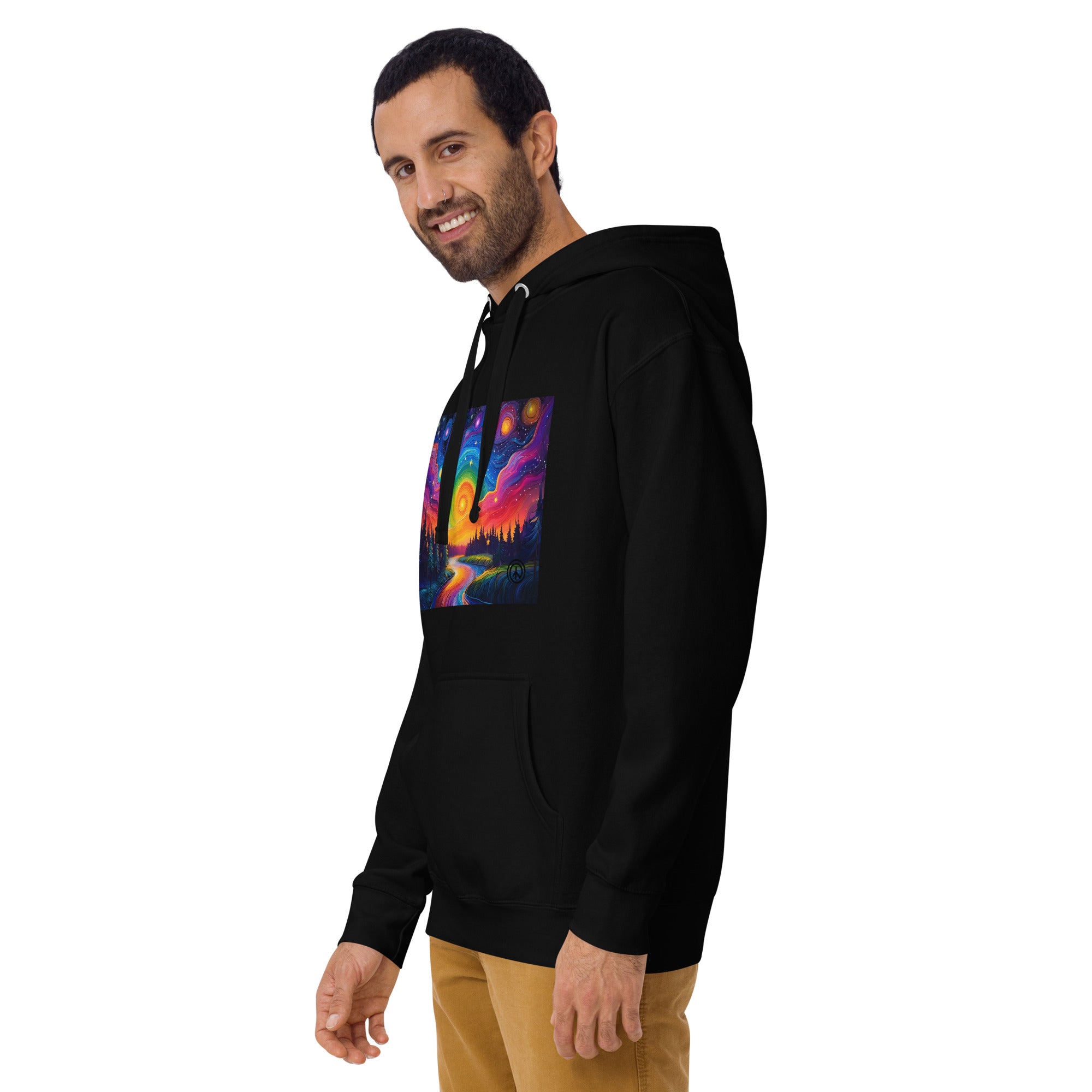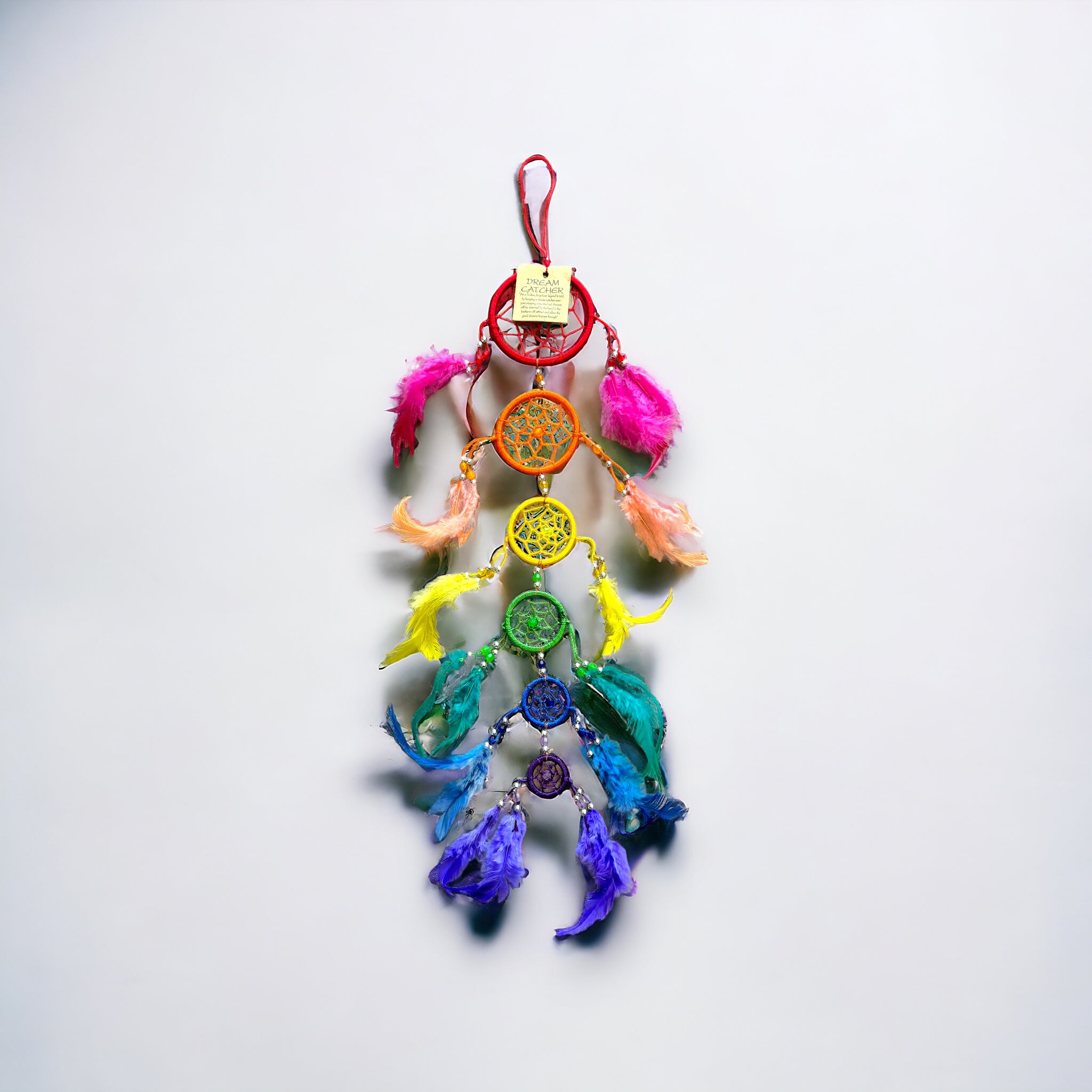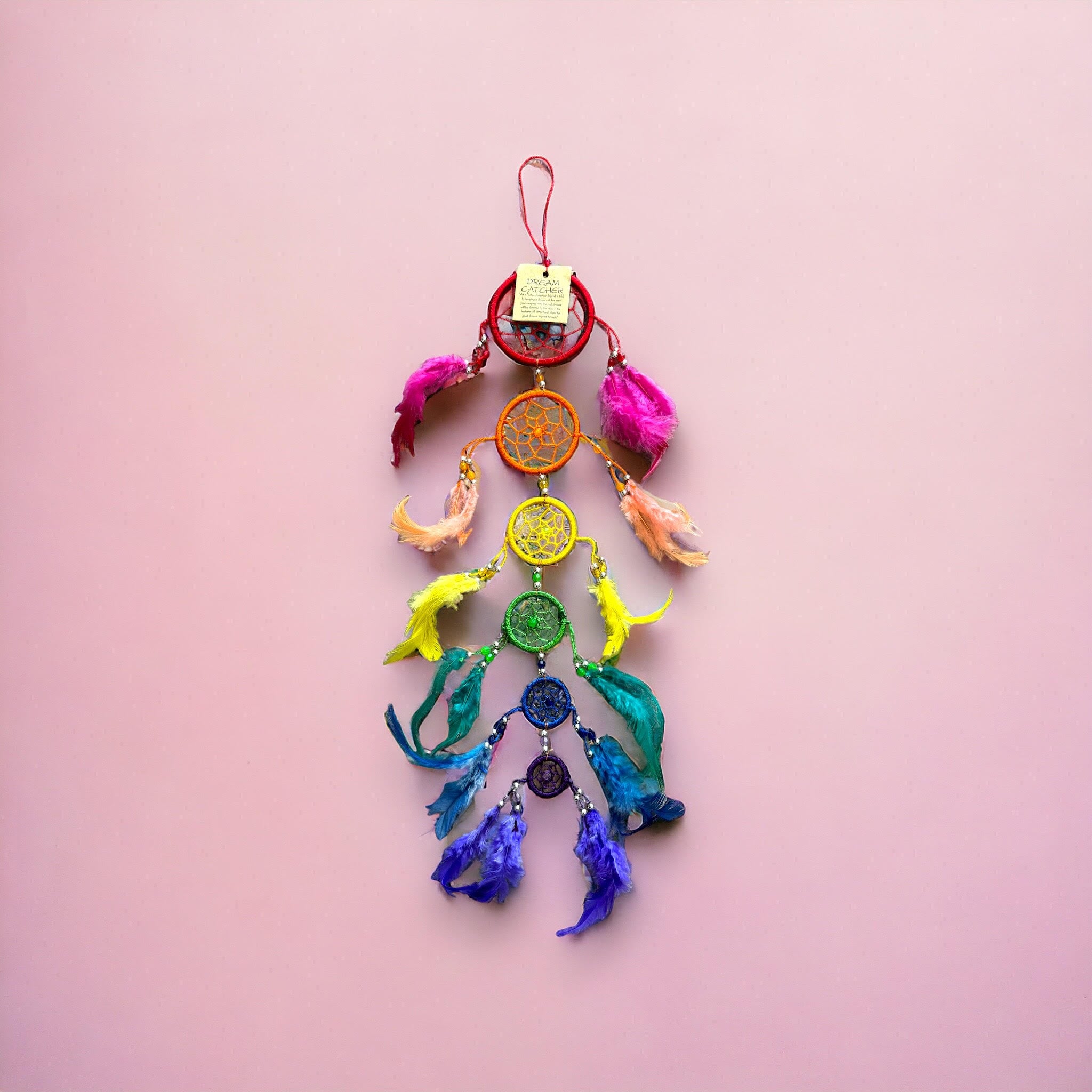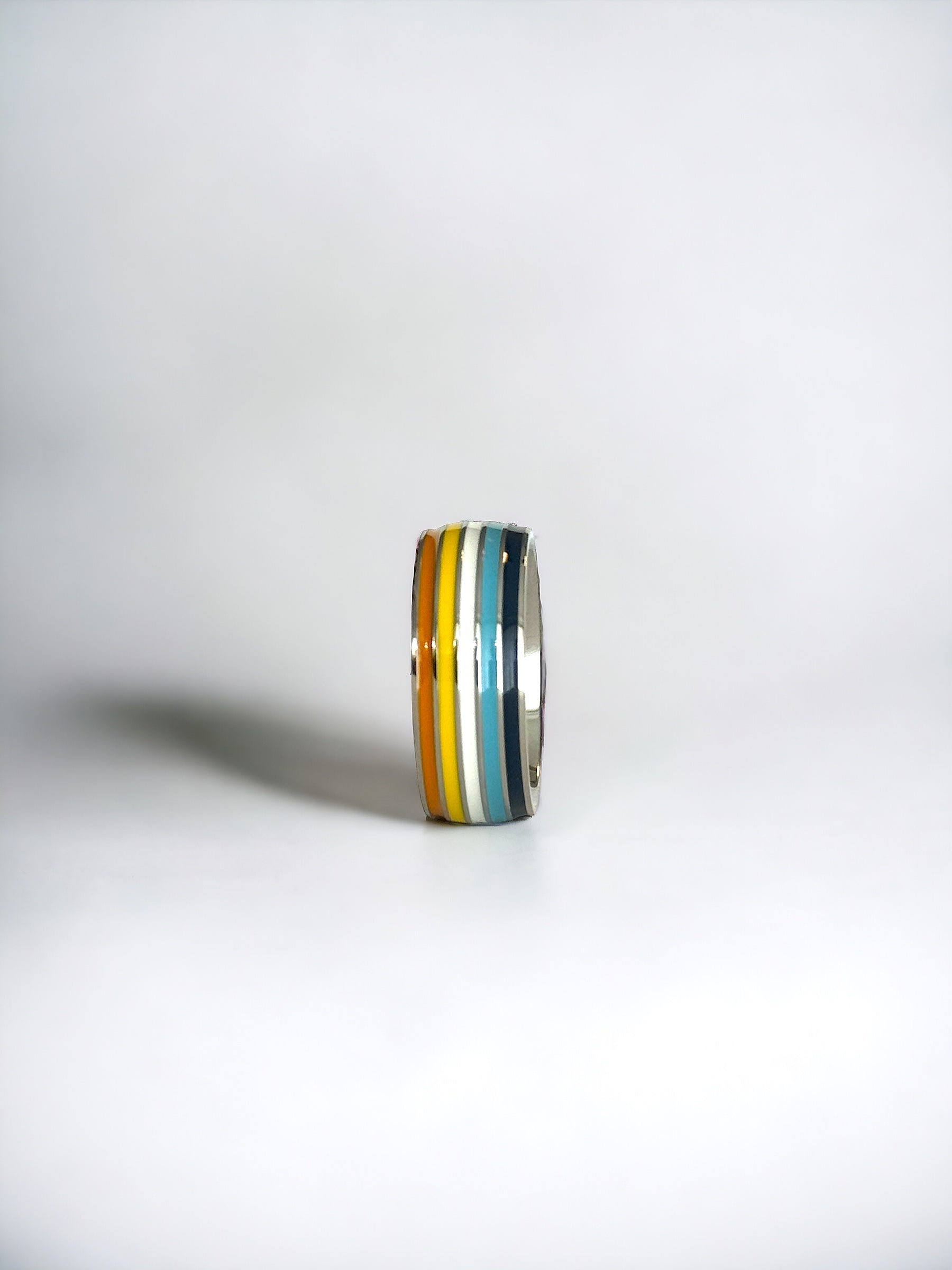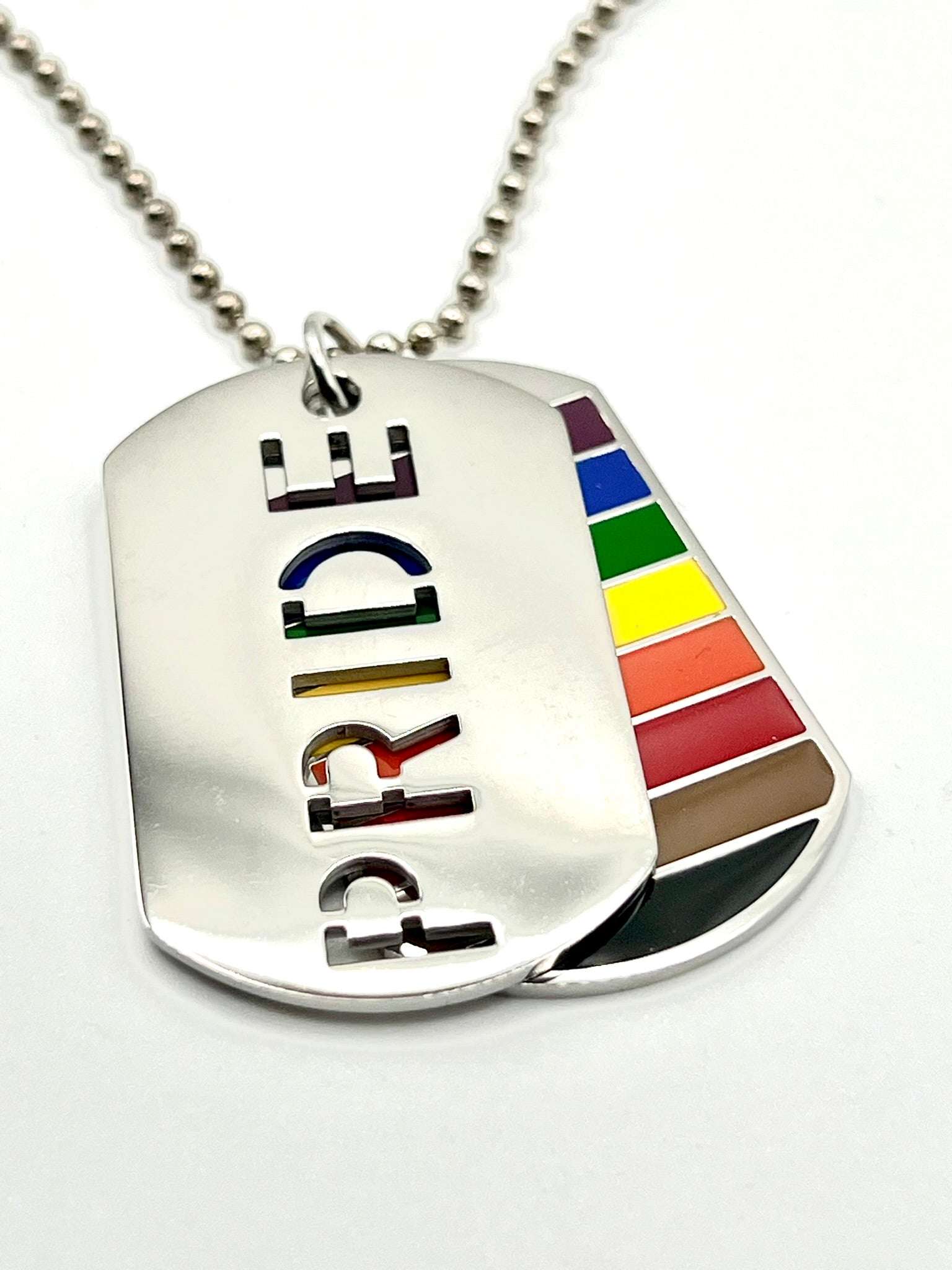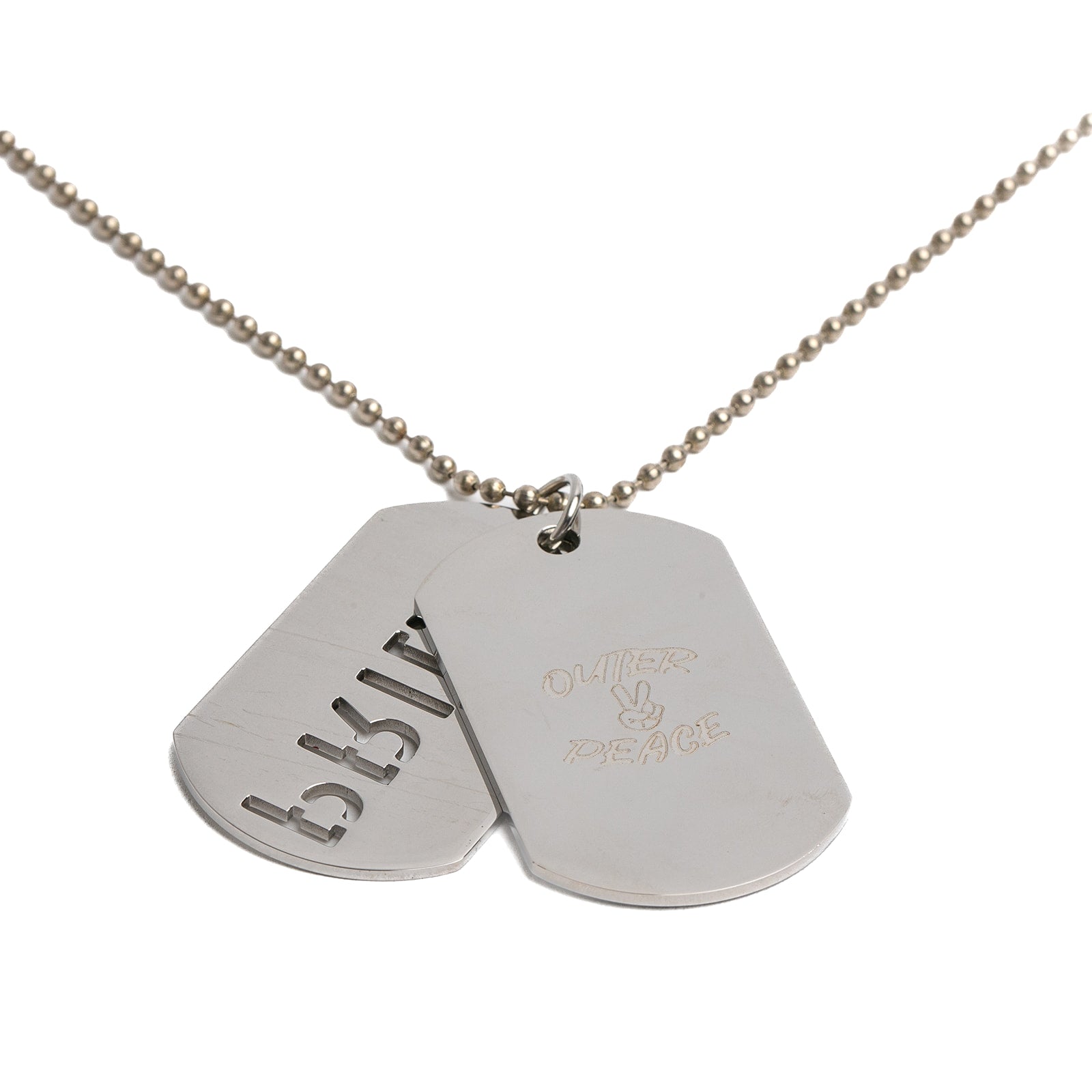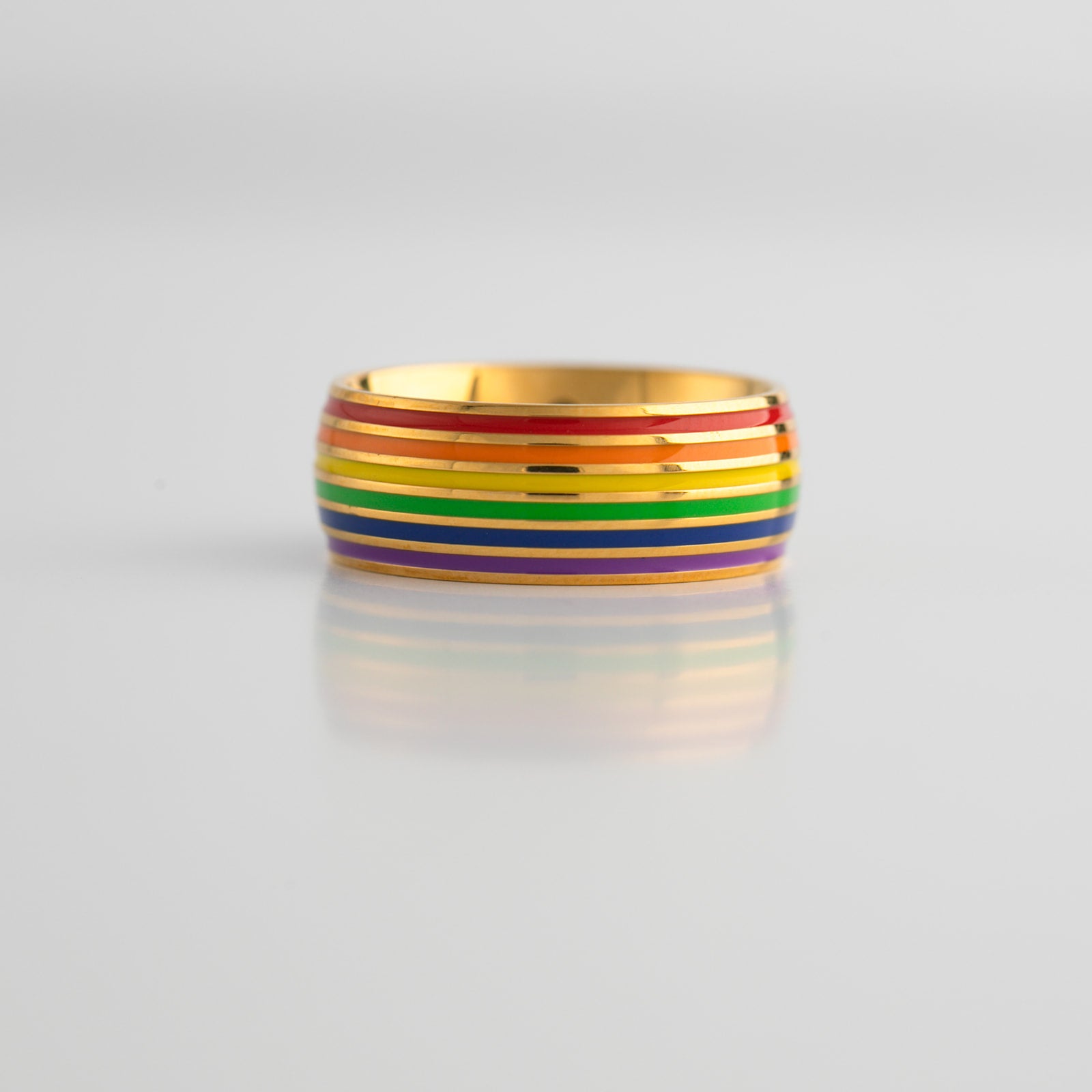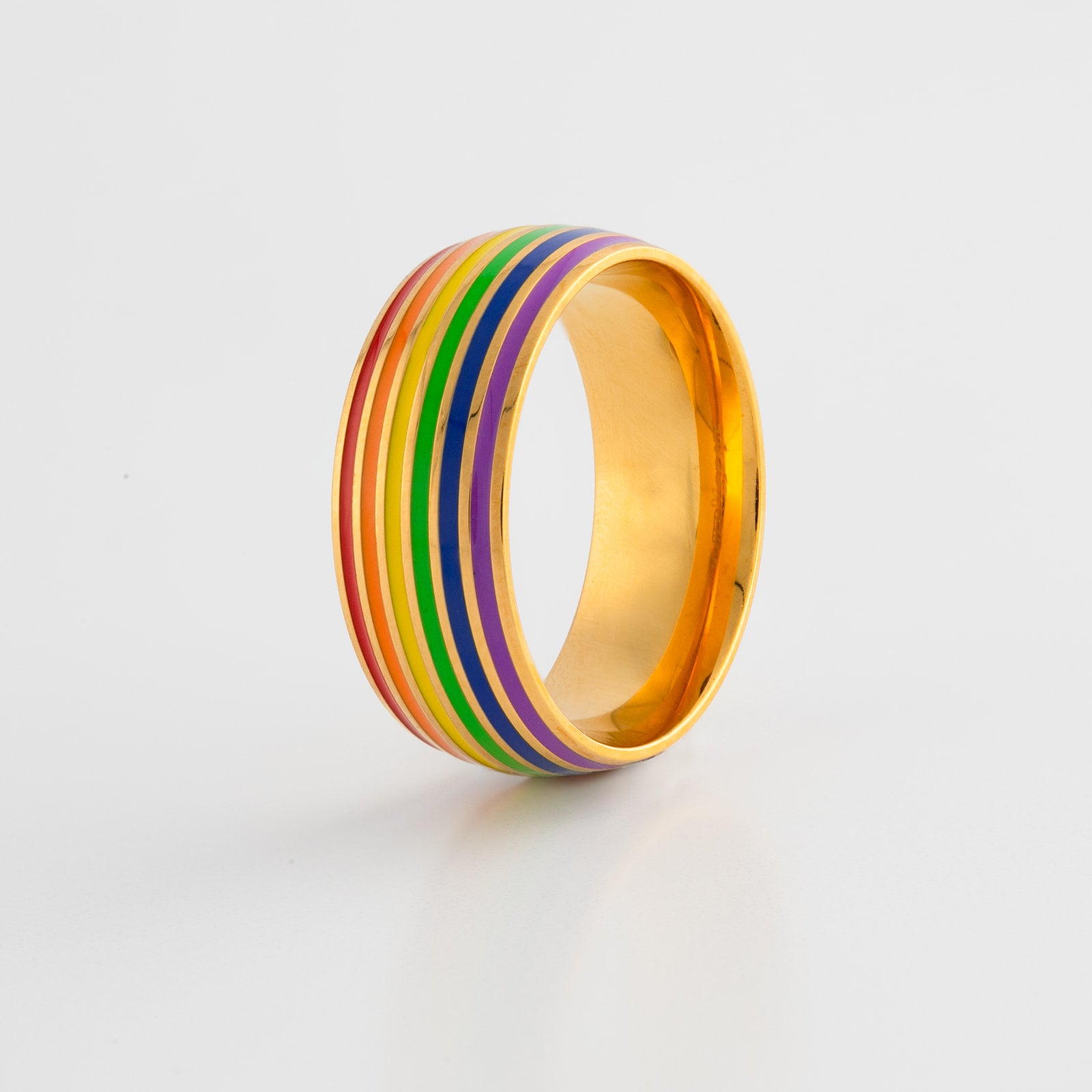
LGBTQ+ symbols have served as a powerful language in the quest for equality and acceptance. These symbols, which have been integrated into fashion and accessories, stand as visual statements of support and solidarity. From the pink triangle to the rainbow flag, each symbol carries a unique history and meaning, reflecting the trials, tribulations, and triumphs of the LGBTQ+ community.
The Pink Triangle: A Symbol of Persecution and Resistance
The pink triangle stands as a stark reminder of a tragic past and a symbol of resistance. Originally, it was used by the Nazis to identify and persecute gay men during the Holocaust. In these dark times, it marked individuals out for discrimination and abuse. However, the 1970s saw a profound shift in its meaning. LGBTQ+ activists reclaimed the symbol, transforming it into a powerful emblem of resistance against oppression and a sign of pride in their identity. Today, the pink triangle retains its significance in the struggle for LGBTQ+ rights and visibility. Its incorporation into fashion and accessories serves as a show of support for the community, a historical reminder, and an expression of resilience.
The Lambda: A Symbol of Unity and Solidarity
The Lambda symbol, which mirrors the Greek letter "Λ", became a symbol of the Gay Activists Alliance in the 1970s. The choice of this symbol was deeply symbolic; it represented unity, solidarity, and the idea of standing together against oppression. The Lambda effectively conveyed the message that the fight for equality was a collective effort. Today, the Lambda continues to serve as a symbol of LGBTQ+ rights. Its presence in fashion and accessories signals support for the community, underscoring the enduring need for unity in the face of adversity.
The Rainbow Flag: A Symbol of Diversity and Inclusion
Perhaps the most well-known symbol of the LGBTQ+ community is the rainbow flag. This vibrant banner was conceived by artist and activist Gilbert Baker in 1978. The flag originally showcased eight colors, each signifying a different facet of the community. Today's version has six colors: red, orange, yellow, green, blue, and purple, which collectively represent diversity and inclusion. The flag frequently graces pride events and rallies, serving as an emblem of LGBTQ+ rights and visibility. Fashion and accessories have embraced the rainbow flag, with many designers creating pieces that display this iconic design, thus promoting visibility and acceptance.
The Transgender Pride Flag: A Symbol of Visibility and Empowerment
Monica Helms, a transgender woman, created the Transgender Pride Flag in 1999. The flag features five stripes: two light blue, two pink, and one white stripe in the center. The light blue and pink stripes symbolize the traditional colors for baby boys and girls, respectively. The white stripe stands for those who are intersex, transitioning, or consider themselves to have a neutral or undefined gender. The Transgender Pride Flag serves as a symbol of visibility and empowerment for the transgender community. It is a common sight at pride events and rallies, often displayed alongside the rainbow flag. Fashion and accessory designers have also incorporated it into their designs, creating pieces that bear its iconic pattern.
The Progress Pride Flag: A Symbol of Intersectionality and Progression
The Progress Pride Flag, introduced in 2018 by designer Daniel Quasar, incorporated the traditional rainbow flag with additional stripes to highlight marginalized communities within the LGBTQ+ community. The flag integrated the colors of the transgender flag, black and brown stripes to acknowledge people of color, and a chevron of light blue, pink, and white that embodies the transgender community. This flag stood as a symbol of intersectionality and progression within the LGBTQ+ community, and many have embraced it as a more inclusive symbol of pride. Like other symbols, it has also been incorporated into fashion and accessories, with designers creating pieces that feature the updated design.
In a significant evolution, the Progress Pride Flag was updated in 2021 to include the intersex community. Valentino Vecchietti, an intersex columnist and media personality, designed the new rendition of the rainbow Pride flag, officially unveiled by the advocacy group Intersex Equality Rights UK. Vecchietti's version added a purple circle superimposed over a yellow triangle to the chevron on the left half of Quasar’s design. The colors purple and yellow are used by the intersex community as a counterpoint to blue and pink, which have traditionally been seen as binary, gendered colors. The circle symbolizes the right to make one's own decisions about one's body, reflecting the ongoing human rights struggle for bodily autonomy and genital integrity within the intersex community.
Conclusion
The integration of LGBTQ+ symbols into fashion and accessories is more than a trend; it's a movement of visibility, acceptance, and activism. Every symbol has its history, its meaning, and its impact. From the pink triangle, a symbol of resistance, to the newly designed intersex-inclusive Progress Pride flag, a symbol of intersectionality and progression, these symbols embody the journey of the LGBTQ+ community towards acceptance and equality. They serve as daily reminders of the ongoing struggle for rights and recognition, and the unity and diversity within the community.
As we adorn ourselves with these symbols in the form of jewelry and apparel, we not only make a fashion statement but also express solidarity with the LGBTQ+ community and its rich, diverse history. In the face of adversity, these symbols stand for hope, resilience, and pride. And every time we wear them, we carry the spirit of the LGBTQ+ movement with us, promoting a more inclusive and accepting world.
Featured collection
Get onboard with out awesome collection of LGBTQ+ exclusives!
2 Color(s) Available
10 Color(s) Available

